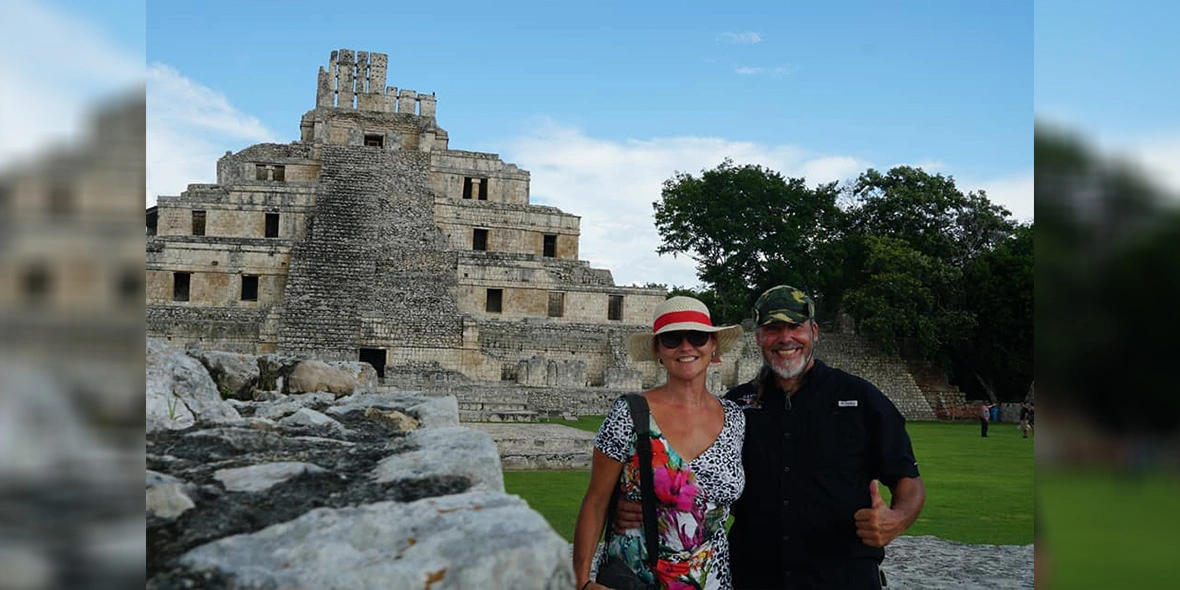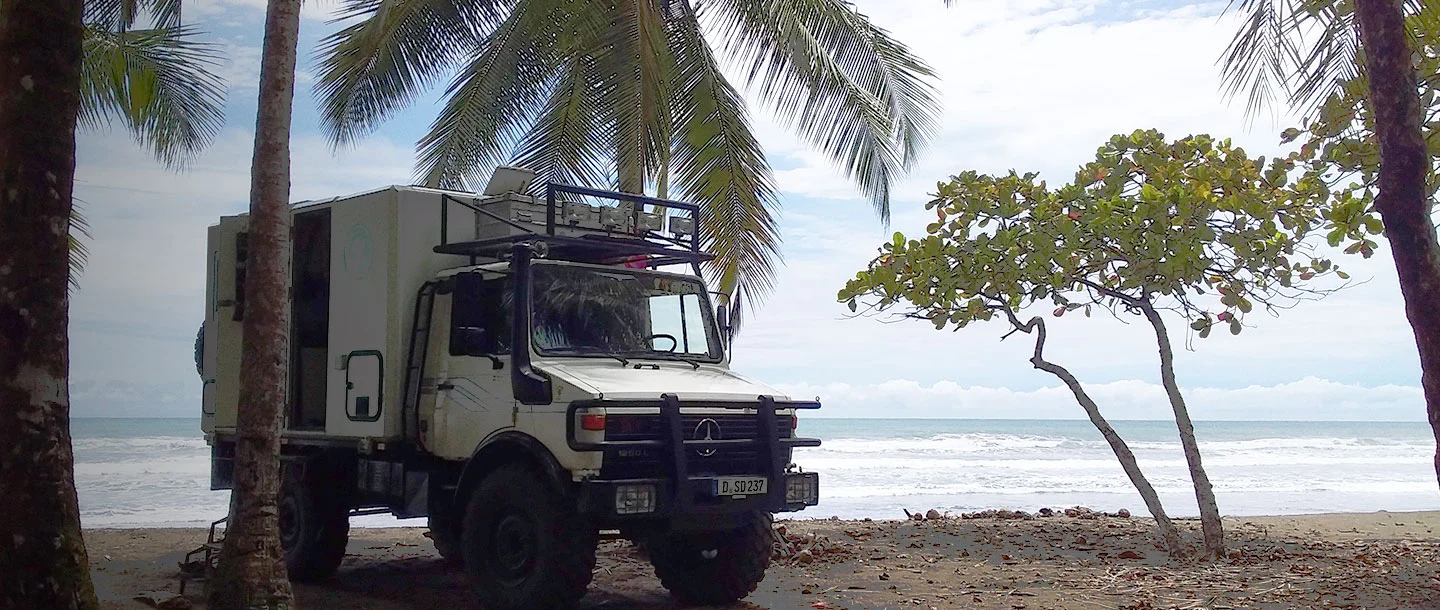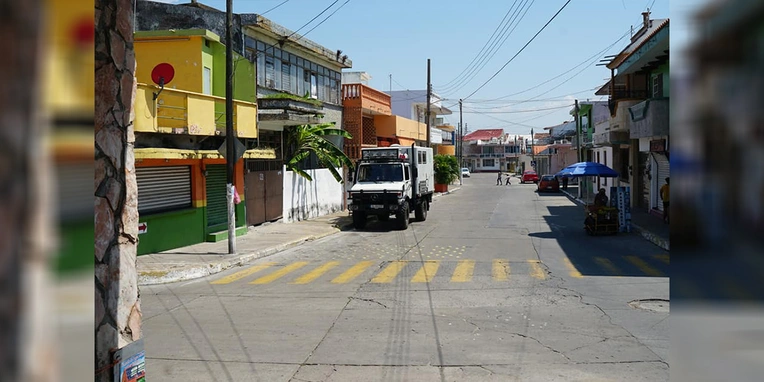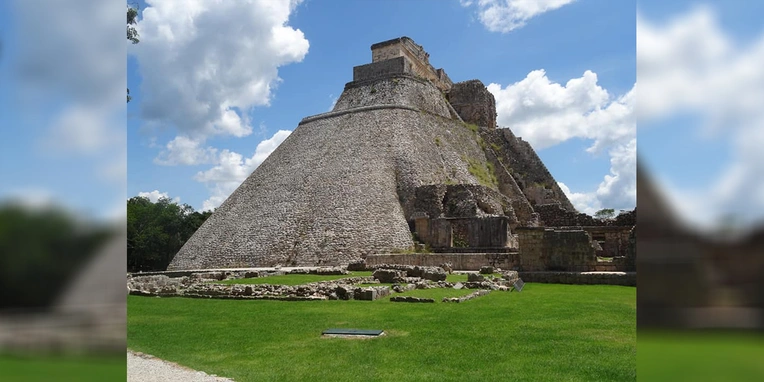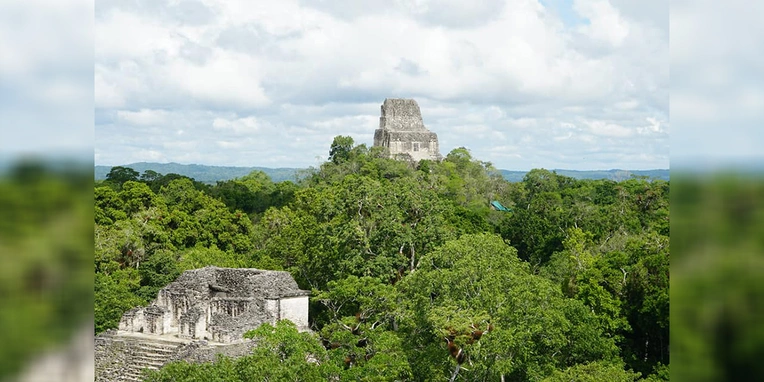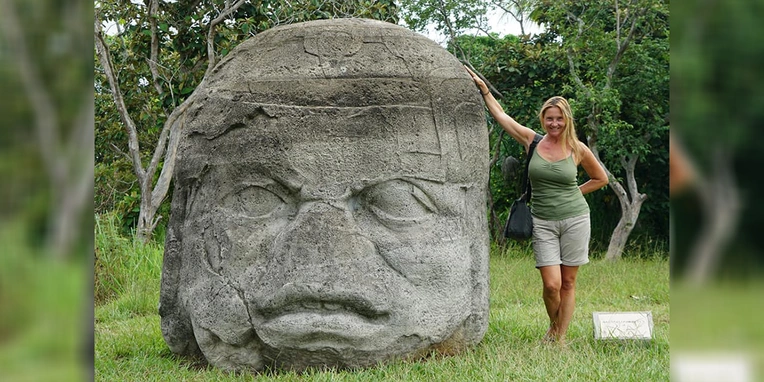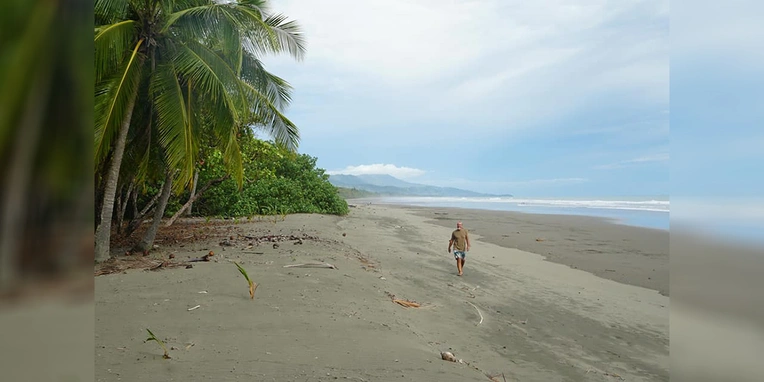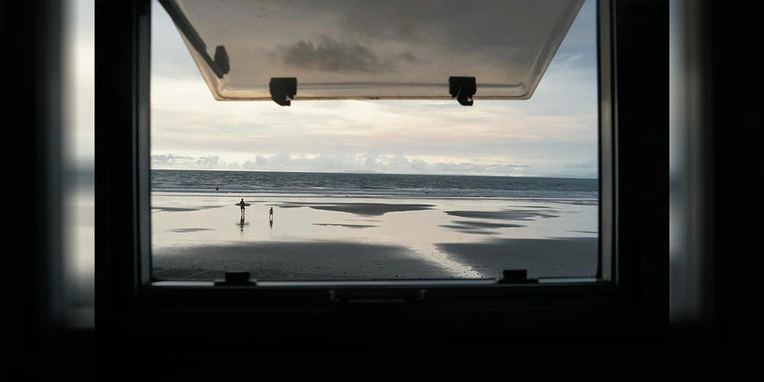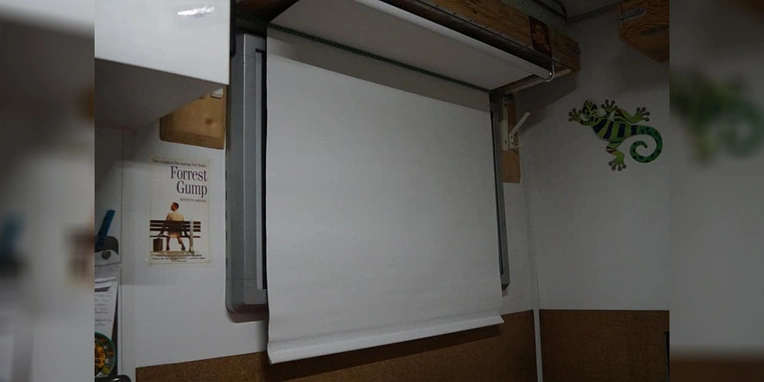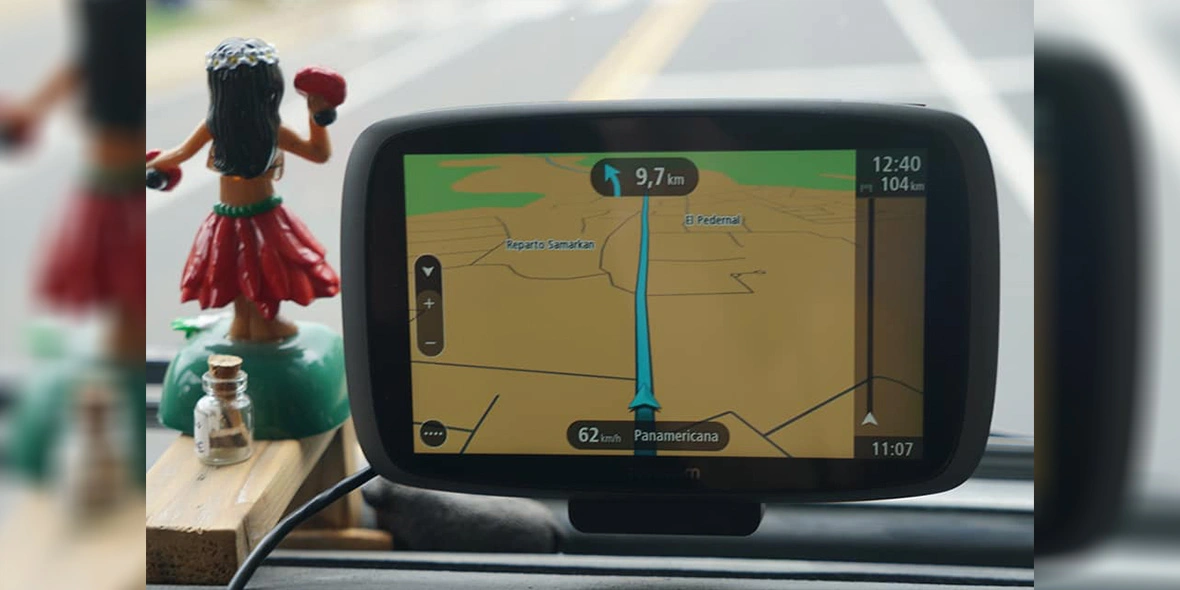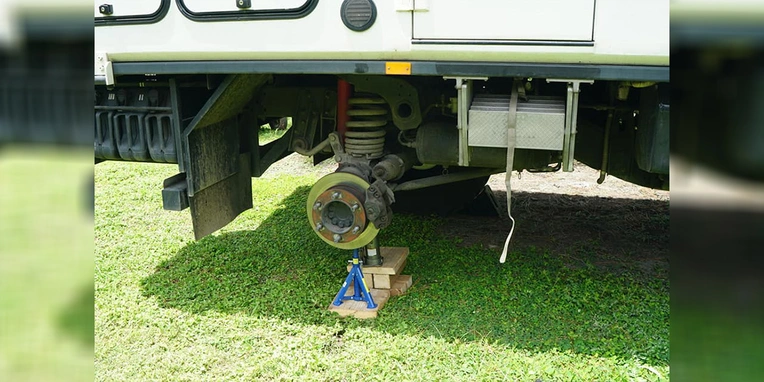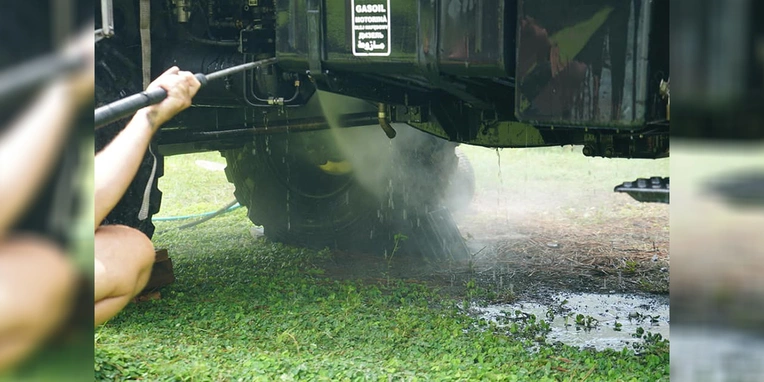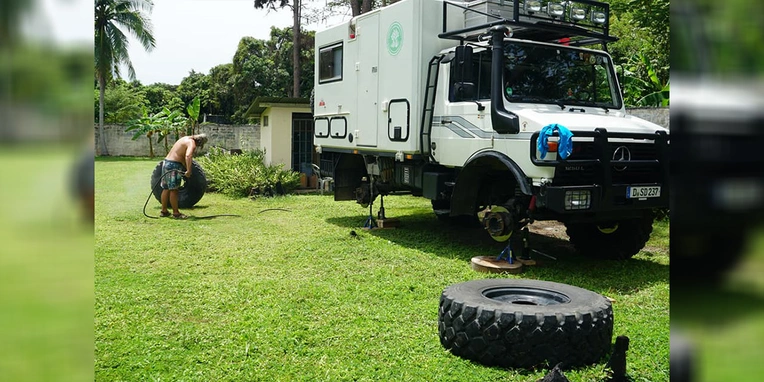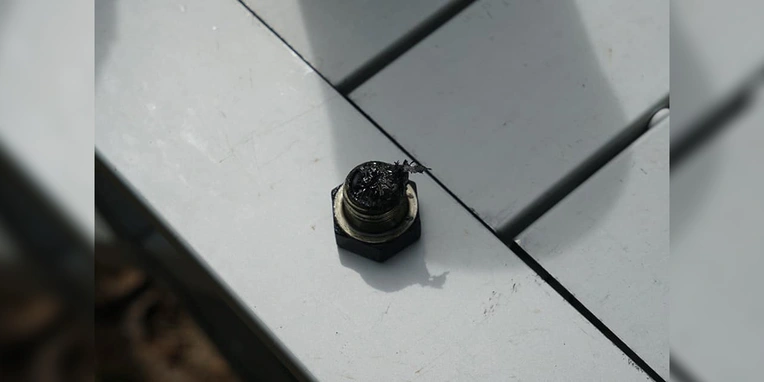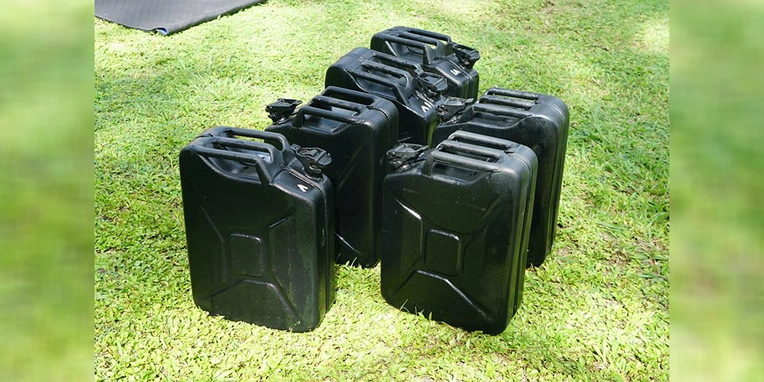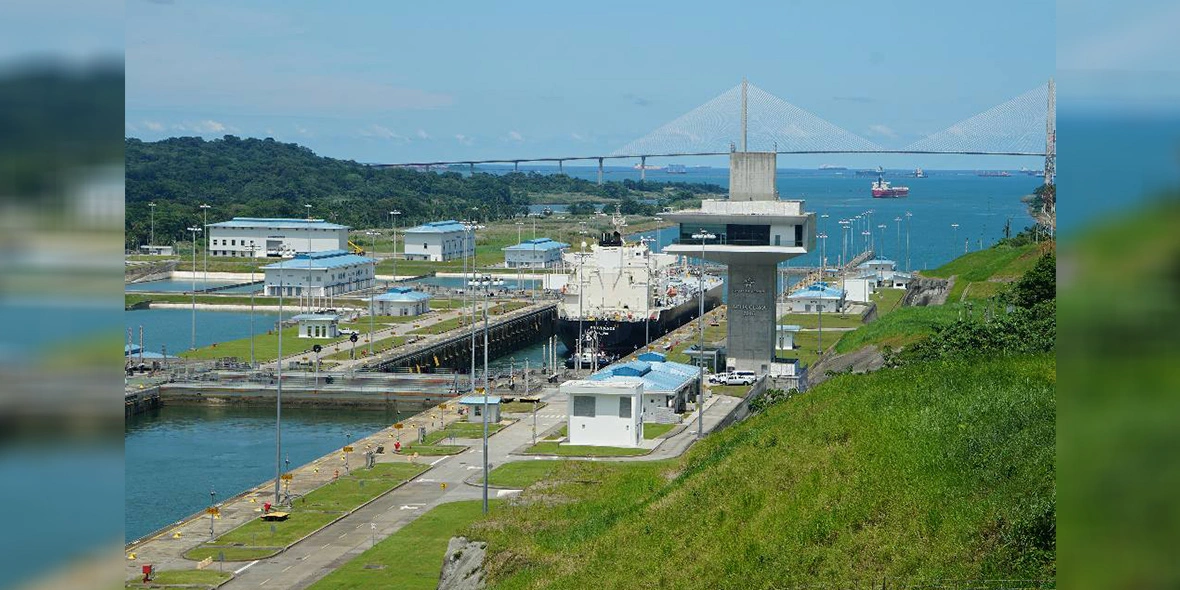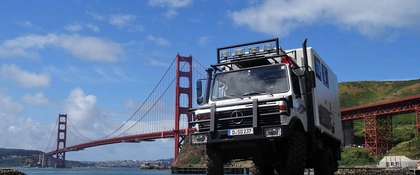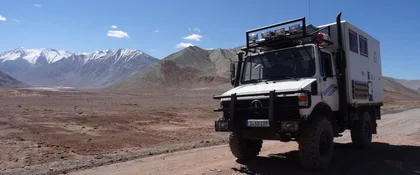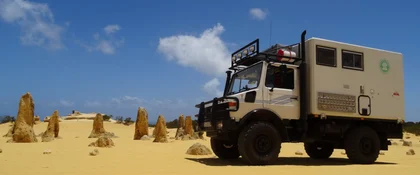Ants and the military – did you experience any positive highlights in Mexico?
Dirk: We looked at almost all of the pyramids in Mexico. Until we couldn't look any longer. (laughs) We only left out Machu Picchu in Peru, because usually it's not that great to go where everybody else goes – at least that's our experience. We saw great, smaller ruins elsewhere– and wandered around them alone.
You left Mexico quite a while ago. What happened next?
Sonja: Belize. Mind you, we left again pretty quickly. Because it was the rainy season, we couldn't visit the beaches and national parks.
On the Panamericana – always southward.
Then, came Guatemala?
Sonja: Yes. And Guatemala is beautiful..
Dirk: We visited Tikal there, for example.
Sonja: It is the largest and most important Maya cultural site in Guatemala and is really well-maintained and cared for. You stand at the top of one of the pyramids, above the tree-tops in the middle of the jungle and the surrounding temples look out between the trees. A fascinating scene!
Dirk: In Guatemala, by the way, we joined the famous Panamericana for the first time – the road that connects South, Central and North America. For me that had to be part of the trip. And it took us to Honduras.
What did you discover there?
Sonja: In Honduras we travelled along the CA5 for quite a while. That is a main highway where you feel as if this is where life really takes place. People live along the road in their huts to trade there. You can buy the works – fruit, meat, vegetables.
Dirk: On the CA5 we drove over a pass for the first time that went 50 kilometres up and then 30 kilometres down. It took us a whole day. You can only descend in third gear and you can't really use the brakes because otherwise they would get hot. So you go slowly and that takes ages. And ages. You learn all about smooth, relaxed driving.
Tips for Overland travellers in Central America.
Travelling through Nicaragua was fast in comparison, wasn't it?
Sonja: Yes, we were only in Nicaragua for two nights, although we had a visa for four days. We just wanted to drive through.
What were your experiences at the borders in Central America?
Sonja: Queues of trucks. Up to seven kilometres long. Of course, you drive past them, but it still usually takes two or three hours to get through. Copies have to be made and forms filled out. You have to find out for yourself where to get hold of a copy there.
On a round-the-world trip with the Unimog expedition vehicle – Part 1.
Dirk: For something like that, I just stand somewhere in the middle of everything and shout for help. Then everyone comes running: "What's wrong?" – "Well, I need a copy".
Sonja: One important tip is definitely to check all of your documents thoroughly – even if people get annoyed.
Dirk: If something is wrong with the documents, they might just send you back to the border that you crossed to enter the country. We have now crossed 45 borders, by the way. But back to the route: after Nicaragua we went to Costa Rica.
The favourite holiday destination for Americans in the region and as a result expensive, right?
Dirk: Exactly, the land is very Americanised and in comparison to Nicaragua very expensive. On the other hand the roads are very good.
Sonja: Costa Rica is also very beautiful: There are some very lovely beaches – despite the rainy season.
And after that we drove to Panama.
New oil for the reduction gearbox.
...your last stop in Central America.
Dirk: Exactly. There I changed the oil for the reduction gearbox on ELMO. I had so much abrasion residue on the magnetic screw on the rear right-hand side that I panicked a little. So I took a photo of it and sent it to my good friend Alexander who gave me some professional advice. He said that there were no fragments, just normal abrasion. I should just leave it for the time being and not open it. So now we change the oil in the reduction gearbox on the rear right-hand side every 1500 kilometres.
